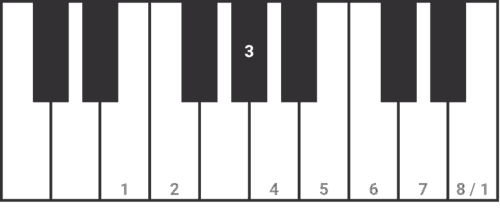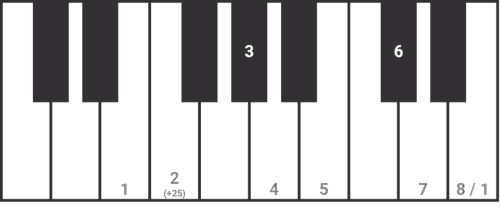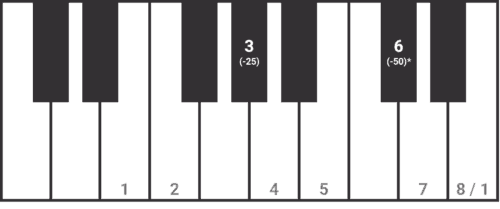Free Preview
Overview of Hijaz
E is traditionally the home tone for Hijaz. The fourth degree serves a dominant-type role of importance for this maqam. Although, of course, with the needs of modern music transposing to other notes to start the mode is common. Especially due to the vocal ranges of singers and the different needs of instruments/tunings.
Disclaimer, this is a guide. Many players interpret these pitches in a multitude of ways depending on their cultural background and artistic subjectivity. The amount of cent deviation you hear or desire is open to interpretation. Pay close attention to different artists and recordings for how these notes are sounded.
Hijaz (Modern / Arabic)
In our experience, a large number of Arab compositions tend to be notated in equal temperament styled notation (of course, featuring quarter tones where applicable).
Hijaz Ascending (Turkish)
In the Turkish musical context, Hijaz is generally played in the following scale when ascending (left to right on the piano keyboard).
Hijaz Descending (Turkish)
In the Turkish musical context, Hijaz is generally played in the following scale when descending (right to left on the piano keyboard).
*The 3rd degree can either be played natural or slightly flat while descending (say around -25). This is entirely dependent upon the melodic development of a particular composition or improvisation, the interpretation of the player and/or the pitch selection amongst instruments playing together. Melodies that begin or end with the 6th degree of the mode should be played as a C natural note. In contrast, when this degree of the mode is used as a passing note it should be played in the neighborhood of -50 cents. We will explore more advanced maqam concepts in the future.



